Cross-Country Ski Size Selector
Recommended Ski Size:
Select your height, weight, and ski type to get a recommended ski size.
Looking for the perfect fit? Check Out These Best-Selling Cross-Country Ski.
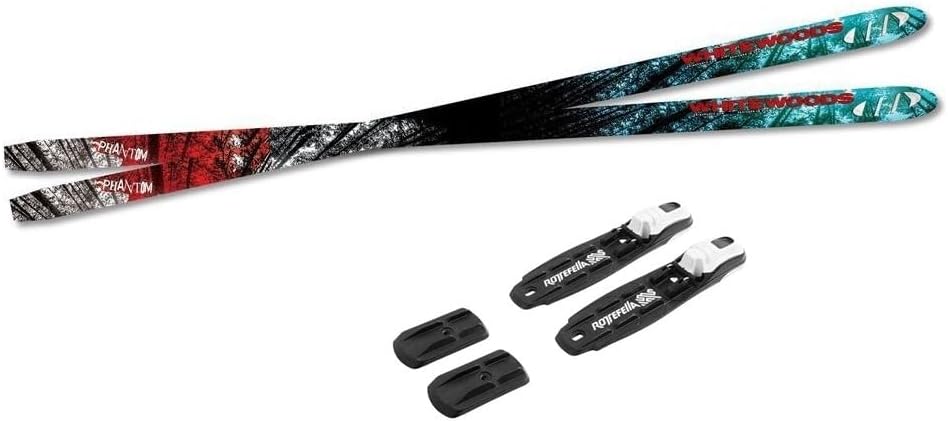
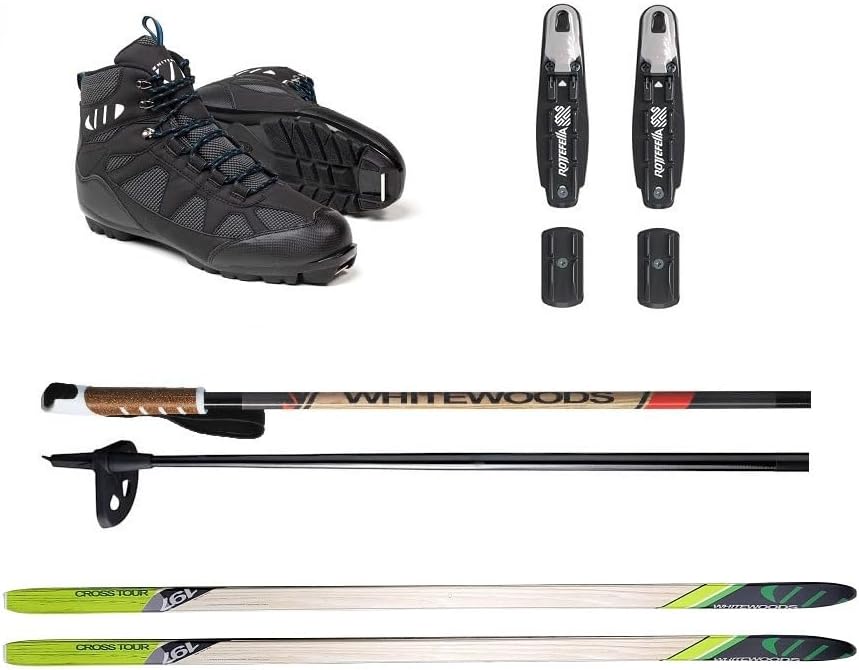
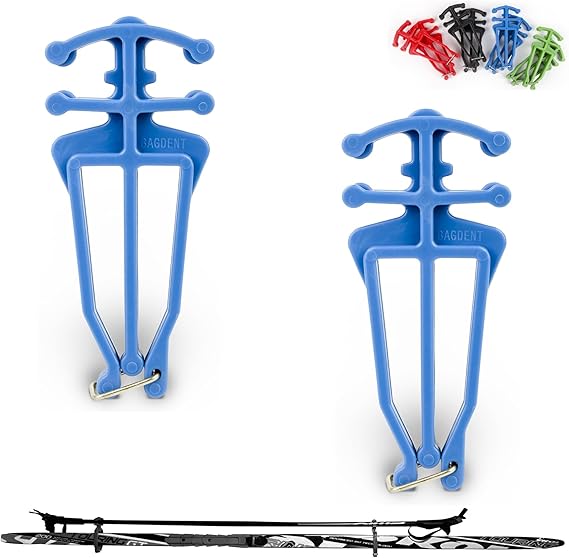
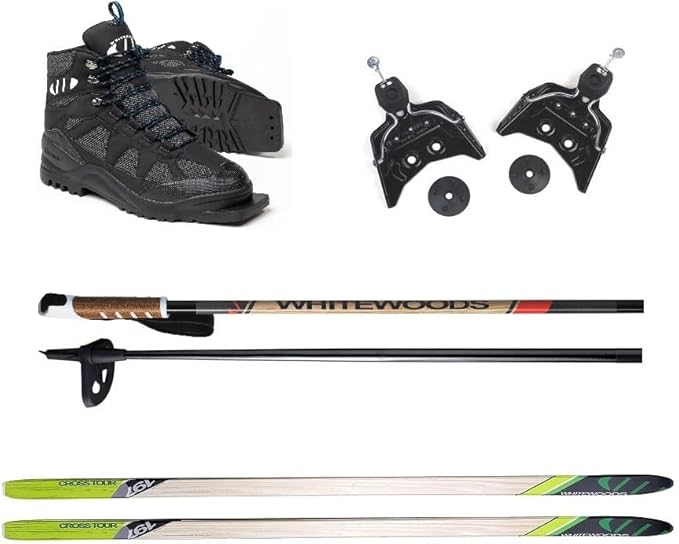
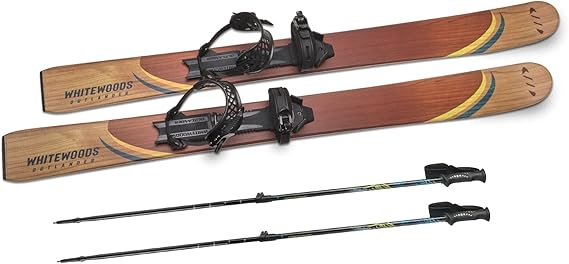
The Ultimate Guide to Cross-Country Ski Size - How to Choose the Right Size for Optimal Performance
Cross-country skiing is a fantastic way to enjoy the outdoors during winter while getting an excellent full-body workout. Whether you're a seasoned skier or a beginner, choosing the right ski size is crucial for both performance and comfort. The wrong ski size can hinder your ability to glide smoothly, reduce control, and even lead to injuries. In this guide, we’ll walk you through everything you need to know about choosing the right cross-country ski size, including the factors that influence size, a detailed cross-country ski size chart, and how to match skis to your style and skill level.
Understanding Cross-Country Skis
Before diving into sizing, it’s important to understand the types of cross-country skis and their key features. Cross-country skis differ from alpine skis in several ways. They are generally longer, narrower, and lighter to help you glide over snow and maintain your momentum with each stride.
Types of Cross-Country Skis:
- Classic Skis: These skis are designed for the traditional, diagonal stride used in flat terrain or gently rolling hills. Classic skis are typically longer and provide a lot of glide.
- Skating Skis: Designed for a more aggressive, side-to-side movement, skating skis are slightly shorter, stiffer, and faster than classic skis. They are intended for use on groomed trails that are wide enough to accommodate the skating technique.
- Backcountry Skis: These skis are made for off-trail adventures. They are wider and have more robust construction to handle ungroomed trails and varied snow conditions.
The right ski size will depend on your type of skiing, but there are other factors to consider, such as your weight, height, skill level, and personal preferences. Now that you have a general understanding of the skis, let’s take a deeper dive into the factors that influence ski sizing.
Factors That Influence Cross-Country Ski Sizing
- Height: Your height plays a key role in determining your ski length. Ski lengths are typically based on your body size, as taller skiers require longer skis for better stability and glide.
- Weight: Ski length is not only influenced by height but also by your body weight. Heavier skiers require longer skis to help distribute their weight evenly, while lighter skiers will benefit from shorter skis for better maneuverability and easier control.
- Skill Level: Your skiing experience will also affect your ideal ski size. Beginners typically benefit from shorter skis, which are easier to maneuver, while advanced skiers might prefer longer skis that offer better glide and stability at higher speeds.
- Ski Type: As mentioned earlier, classic, skating, and backcountry skis have different size recommendations. Skating skis tend to be shorter because the side-to-side motion requires less length than the traditional forward stride used with classic skis.
- Snow Conditions: For soft, powdery snow, you may want to consider slightly longer skis for better flotation, while skis for icy or compact snow conditions might be on the shorter side for increased control.
- Personal Preference: Ultimately, personal preference plays a big role in determining ski size. Some skiers prefer longer skis for a smoother, faster glide, while others might prefer a shorter ski for easier control and turning.
Cross-Country Ski Size Chart
To help you choose the right ski size based on your height, weight, and skill level, here’s a comprehensive cross-country ski size chart. The chart provides general recommendations based on your body metrics and ski style.
Cross-Country Classic Ski Size Chart
| Height (cm) | Weight (kg) | Ski Length (cm) |
|---|---|---|
| 140–150 | 30–45 | 170–180 |
| 150–160 | 45–55 | 180–190 |
| 160–170 | 55–65 | 190–200 |
| 170–180 | 65–75 | 200–210 |
| 180–190 | 75–85 | 210–220 |
| 190–200 | 85–95 | 220–230 |
| 200–210 | 95–105 | 230–240 |
Note: Classic skis are typically longer than skating skis to provide maximum glide in the traditional stride.
Cross-Country Skating Ski Size Chart
| Height (cm) | Weight (kg) | Ski Length (cm) |
|---|---|---|
| 140–150 | 30–45 | 160–170 |
| 150–160 | 45–55 | 170–180 |
| 160–170 | 55–65 | 180–190 |
| 170–180 | 65–75 | 190–200 |
| 180–190 | 75–85 | 200–210 |
| 190–200 | 85–95 | 210–220 |
| 200–210 | 95–105 | 220–230 |
Note: Skating skis are generally shorter than classic skis to facilitate the side-to-side skating motion.
Cross-Country Backcountry Ski Size Chart
| Height (cm) | Weight (kg) | Ski Length (cm) |
|---|---|---|
| 140–150 | 30–45 | 160–170 |
| 150–160 | 45–55 | 170–180 |
| 160–170 | 55–65 | 180–190 |
| 170–180 | 65–75 | 190–200 |
| 180–190 | 75–85 | 200–210 |
| 190–200 | 85–95 | 210–220 |
| 200–210 | 95–105 | 220–230 |
Note: Backcountry skis often come in a variety of widths to handle different snow conditions, so ski length will also depend on your preferred terrain.
How to Choose the Right Ski Length
Here are some key tips for choosing the best ski length for your cross-country skiing needs:
- For Classic Skis:
- Choose a ski length that’s approximately 15–20 cm longer than your height. This extra length allows for maximum glide and stability, which is essential for traditional cross-country skiing.
- Classic skis work best with a slightly longer length because the skier uses a straight-line stride motion with each step.
- For Skating Skis:
- Skating skis are typically 10–15 cm shorter than classic skis, which helps with lateral movement and easier control during the skating technique.
- The shorter skis allow for greater agility and speed, which are crucial when you’re skating on groomed trails.
- For Backcountry Skis:
- Backcountry skis are often slightly longer and wider than classic or skating skis, giving you better flotation in soft, deep snow. These skis provide more surface area to help distribute your weight over the snow, reducing the chance of sinking.
- Height and weight are still the main factors for sizing, but you should also consider the terrain you plan to ski on. If you’re skiing on more challenging or hilly terrain, a slightly shorter ski might be better for maneuverability.
Adjusting Ski Length Based on Skill Level
Your experience and skiing goals should also influence the length of skis you choose. Here’s a breakdown of how your skill level can impact your ski size decision:
- Beginner Skiers: If you are new to cross-country skiing, you may want to go with a slightly shorter ski. Shorter skis are easier to maneuver, provide more control, and make learning the basic techniques easier. A shorter ski allows for more stable turns and improved control when navigating corners and slopes.
- Intermediate Skiers: If you’ve mastered the basics and are ready for more challenging terrain, a medium-length ski will offer a better balance between control and glide. Intermediate skiers can benefit from a ski that’s a bit longer than the beginner model, offering better speed and smoother gliding while still providing enough control.
- Advanced Skiers: Advanced skiers often prefer longer skis that provide maximum speed, glide, and stability. These skis are better suited for skiers who are comfortable with fast descents, aggressive turns, and covering long distances. The extra length increases glide, which is vital for cross-country skiing in open, rolling landscapes or fast-paced competitions.
Ski Bindings and Boots
In addition to ski length, the type of bindings and boots you choose is critical for ensuring a secure and comfortable fit. Cross-country ski boots are designed to work with different binding systems, and selecting the correct one is essential for maximizing your performance.
There are three common binding systems:
- NNN (New Nordic Norm): This binding system is compatible with boots that have a groove on the sole to fit into the binding. It’s common for classic skiing and provides good stability and power transfer.
- SNS (Salomon Nordic System): Similar to NNN but with a different shape, SNS bindings are known for their secure fit and are compatible with Salomon boots. It’s commonly used for both classic and skating skiing.
- 3-Pin: This traditional system is used for backcountry skiing and allows the skier’s toe to pivot while keeping the heel free.
Make sure your boots and bindings match your skis, style of skiing, and skill level for the best experience.
Conclusion
Choosing the right size for cross-country skis is vital for ensuring comfort, control, and performance. Whether you’re a beginner, intermediate, or expert skier, getting the correct ski length based on your height, weight, and style of skiing can make a significant difference in how enjoyable your skiing experience is. Always consider not only your physical attributes but also your skiing goals, terrain preferences, and skill level when making your decision.
By using the cross-country ski size chart and considering the various factors outlined in this guide, you’ll be well-equipped to find the perfect skis for your needs. Happy skiing, and enjoy your winter adventures!






